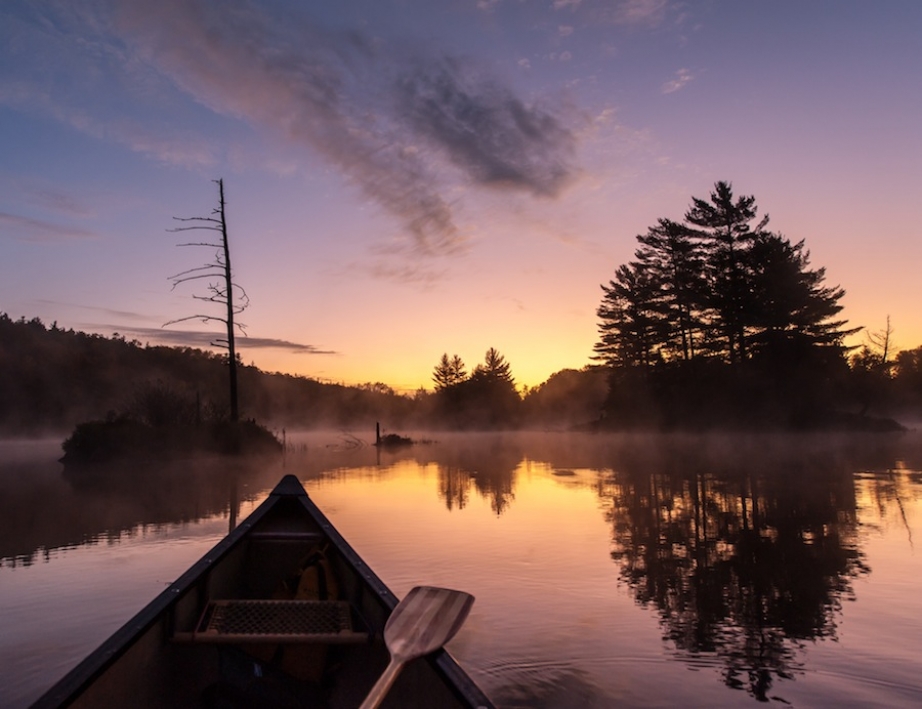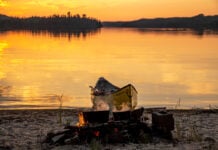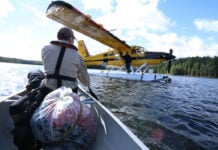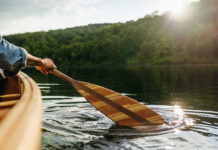Should campers be able to get online from the comfort of the fire pit? I recently spent three days debating this question on national media. The media frenzy was stirred up by Parks Canada announcing a plan to provide WiFi at as many as 150 national parks and landmarks over the next three years. The digital world and natural world are colliding. It was only when Toronto mayor Rob Ford checked himself into rehab that the media moved on and my life returned to normal.
Even after the dust settled, I couldn’t get the WiFi issue out of my head. I’m fascinated by the strong reactions it stirred. Again and again, I heard campers and paddlers say that is was the beginning of the end; this will be remembered as the moment when true wilderness values were lost forever.
Parks Canada’s decision isn’t without precedent. A 2013 pilot project in the United States saw a handful of national parks offer up free WiFi services. The project received outcry from backcountry users and some environmental groups, but the hotspots were a hit with campers.
Parks Canada is losing customers at an alarming rate. WiFi makes good business sense it seems. The number one complaint from visitors over the last few years was not being able to get online.
Blanketing swaths of wilderness with Internet access isn’t up for discussion—that’s way too expensive. WiFi will only be provided in limited areas, such as visitor centers and gatehouses—the same as it is in some American parks. It reminds me a little of the good old days when we used to walk to the campground phone booth to call home.
With RVs sporting satellite dishes the norm in most car campgrounds, I find it hard to get riled up about an unobtrusive, invisible signal in the air—so long as it stays out of the backcountry.
That’s the heart of the matter. People are afraid of technology invading the one sacred place we can escape from the modern world. Of course, it’s a particular type of technology that makes paddlers wary—we’re big fans of cooking on tiny camp stoves and portaging lightweight Kevlar canoes, less so of a Blackberry ping interrupting the call of a loon or photos from LOLCats.com passed around the fire.
When we head into the woods, we’re looking to make more of a natural connection. Like with other addictions though, we crave our next hit, which is why we’re often found glancing at our screens when we could be present in the moment.

The core of this debate isn’t whether natural spaces and technology should mix, it’s that we don’t trust ourselves to mix them.
If we all had the self-control to simply turn off our devices—to stop checking email, updating Facebook or getting tomorrow’s weather forecast, even in the face of a five-bar-strong connection—and just immerse ourselves in the outdoors, there wouldn’t be anything to get riled up about.
The old idiom is true: If you stand in the way of progress you’ll just get run over. So why fight it? What’s wrong with eventually being able to read Aldo Leopold on your tablet, Google a rare bird species, or watch a John Denver special on Netflix at your secluded island campsite, if that’s what you want? To each and every camper, the choice may soon be in your hands.
Kevin Callan plans to keep his hands firmly wrapped around a dog-eared copy of the Sibley Field Guide to Birds of North America. www. kevincallan.com.









